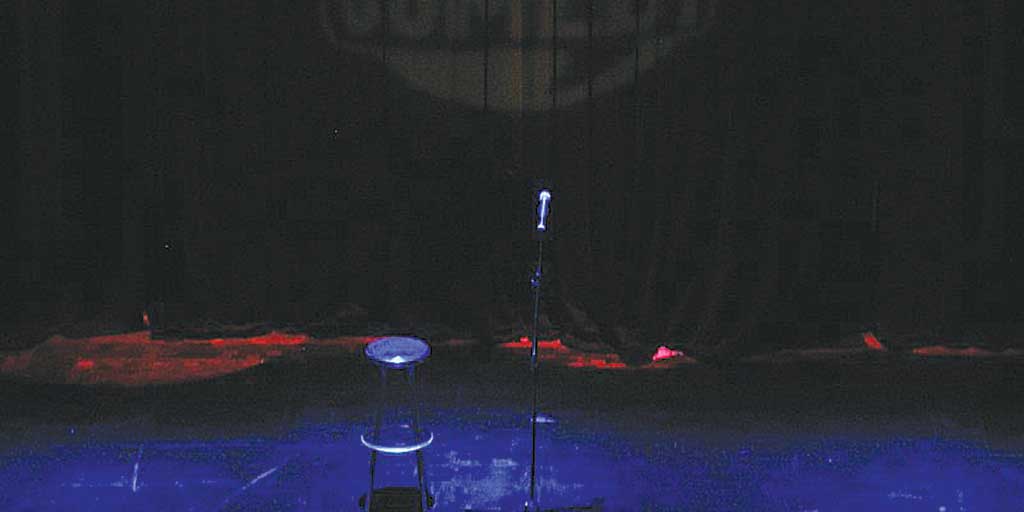The stand-up scene has certainly always existed in the Washington, D.C. area, evidenced by the household names of Martin Lawrence, Dave Chappelle, and Patton Oswalt. However, over the past few years, as the District has experienced a boom in population, affluence, and gentrification, the effects have been more than just a recent uptick of culture and disposable income. Within the past five years the comedy scene of DC has solidified itself as a viable industry, stimulating the city’s restaurant and entertainment economy (one comedy syndicate LYGO has accrued over $10,000 worth of revenue for local businesses, according to their website).
Every Saturday night about forty comedians cram themselves into the atrium of the Arlington Drafthouse. As the premier Saturday night open mic, the entrance hall of the Drafthouse is unique because it transcends the comedy production companies of the DC area. Most comics show up well before 10 p.m. and stay past 1 a.m., even if they don’t make the cut onto the final list of fifteen. (It’s a rare occasion to find this many of the usually elusive artists in one location for such an extended period of time.) However, each week in the inner-suburbs of Washington, one can see grizzled road veterans mingling with doe-eyed first timers; producers booking calendars months in advance; and groups of comics joking, networking and debating which dictator would make for a better Tinder account.
Washington, D.C. is a hectic menagerie of extremes. It is what one would expect to find in a geopolitical epicenter: cultures and races spawned from the four corners of the Earth, juxtaposition of wealth and poverty, and fervent nationalism clashing with egotistical individualism. The city’s diversity is reflected in its performers; there are comedians who originate from each point of the compass and all positions of the social spectrum. There are teachers and high schoolers (as well as a fourteen-year-old). There are those unemployed as well as overworked. There is a robust group of hilarious female comediennes to balance the typical onslaught of testosterone. For good measure, every now and again, a transgender hooker will try to hijack open mic night.
The venues of the city are just as varied: club rooms, pool rooms, black rooms, white rooms, date night rooms, packed rooms with thirty comics performing, rooms where only five comics show up, rooms in a mall, rooms without a microphone, rooms in art galleries, clean rooms, dirty rooms, high pressure rooms, no pressure rooms. D.C. is one of the few places where one can feel like a road comic travelling inside a 10 mile radius.
The Washington, D.C. has become a hotbed of comedic activity — a city eager to make its name known as an industry town along with the nation’s comedy giants of Los Angeles, Chicago, and, of course, New York. In order to do so, Washington must first become a viable springboard for New York, producing talent from its ranks consistently enough to entice industry scouts into the area. It would not be surprising if that began to happen after the next wave of D.C. comedians to moves up to New York.

